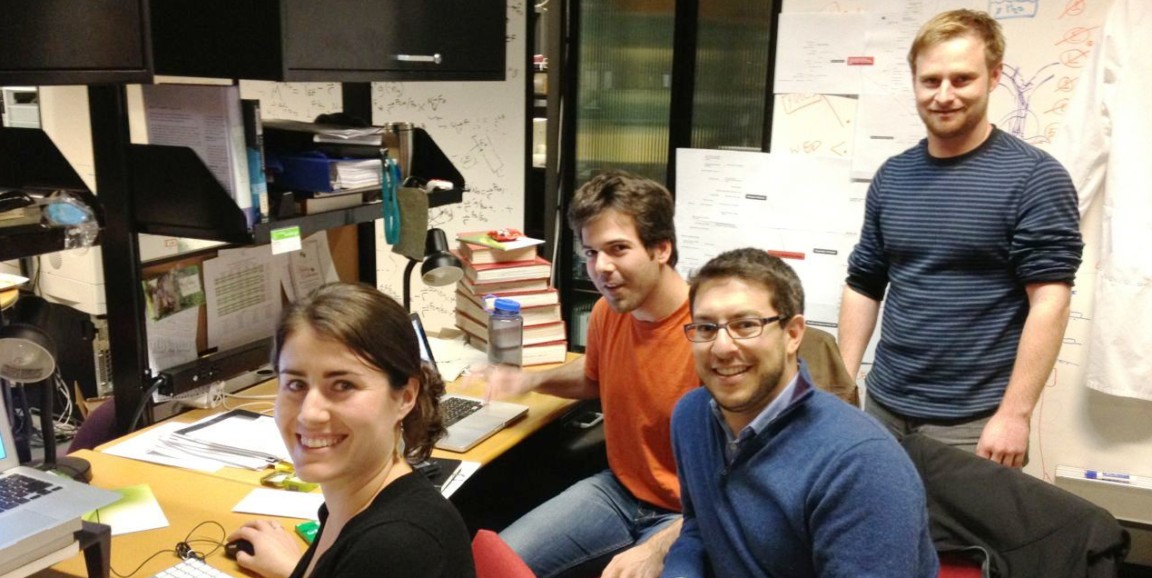Legend has it that every year since the Stanford Biodesign Innovation Fellowship was started in 2000, at least one team of fellows has identified ventilator-associated pneumonia (VAP) as a top unmet clinical need to potentially address. VAP develops when saliva or other fluids travel through the breathing tube and get into the lungs, causing a lung infection. It’s one of the most common complications that affects patients who are on ventilators. Because most of these individuals are already critically ill, it can be life-threatening.
By the time Dan Azagury, MD, and I were fellows in 2011, breathing tubes with a built-in suction line had been on the market for 10 years. Strong clinical evidence supported the fact that this technology significantly reduced the risk of VAP by removing fluid from the airway. Yet, despite these compelling results, hospitals used these specialized breathing tubes infrequently, if at all.
This baffled us until we observed a patient being intubated in the intensive care unit. Intubation is typically an urgent, stressful procedure, and it was clear that choosing between different tube options in the midst of the procedure was out of the question. Complicating matters further, breathing tubes with built-in suction lines are considered expensive, so they’re not standard of care for all patients. We wondered if we could find a way to deliver a suction device later, after the patient was intubated, so that at-risk patients could have access to this potentially life-saving technology if it was needed.
Today, the product we invented enables care providers to do just that. And it really makes a difference for patients. Our team recently watched a case at a VA hospital where our device was used to remove from the patient’s airway what the physician described as "some of the thickest, most dangerous secretions I’ve seen in my 45 years in respiratory care." After the intervention, we were so touched to see the man turn to the doctor and mouth the words, "thank you." That’s what it’s all about.
To date, medical devices and technologies initiated by Stanford Byers Center for Biodesign trainees while in the program’s courses and fellowships have been used to care for more than 1.5 million patients. In this new weekly series, some of our innovators will discuss their work and the patients that inspired them.
Kate Garrett was a 2011-12 Biodesign Innovation Fellow.
Photo courtesy of Stanford Biodesign




